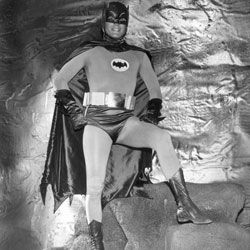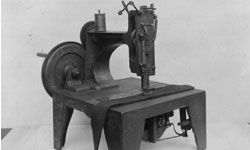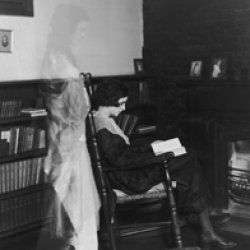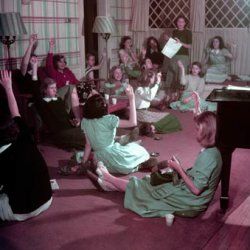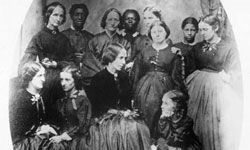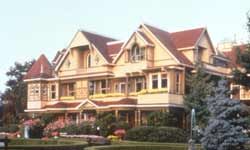If you ever find yourself in San Francisco with an extra $10,000 to spend, you might consider checking into the Penthouse Suite at the Fairmont Hotel. For that $10,000, you have your run of the entire eighth floor of the hotel, which includes three bedrooms, a dining room that seats 50 people, a billiards room, a bathroom with 24-karat-gold fixtures and a two-story library [source: Valhouli]. And on the second floor of the library, if you know just where to press, you can access a hidden passageway and live out your favorite Batman fantasy.
But if you put that $10,000 toward installing a hidden passageway in your own home, then you could act like a superhero whenever you wanted. Hidden passageways aren't just for detective novels and comic books; they are increasingly showing up in private homes [source: Summers-Sparks]. The 10 homeowners on this list decided a hidden passageway was a home design feature they just couldn't live without, though you'll have to judge for yourself how that turned out for them. After all, the hidden passageways on this list were used for everything from romantic assignations to alleged murders.
Advertisement
Read on to find out about these eccentric homes, and see if it's worth adding a hidden passageway to the requirements for your dream house. We'll get started with one millionaire who concealed himself to spy on his friends. Find out who this sneaky homeowner was on the next page.
